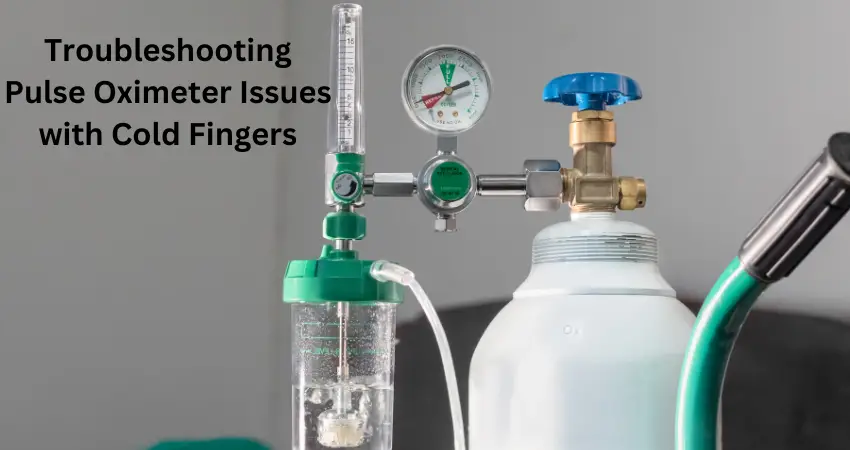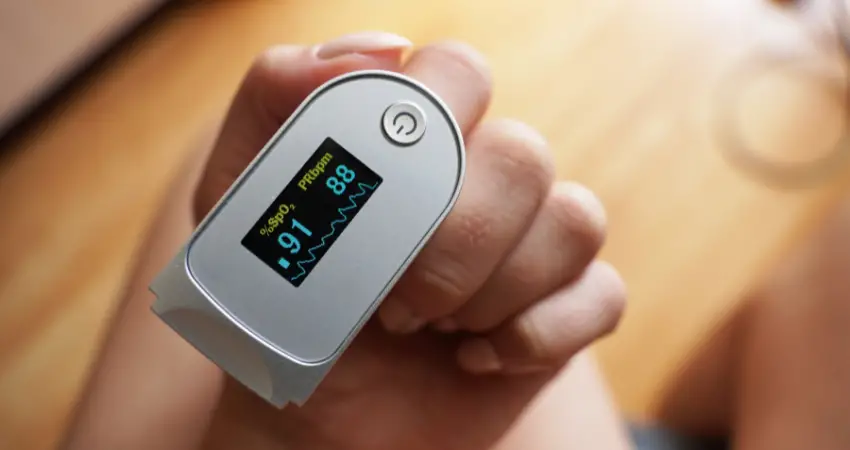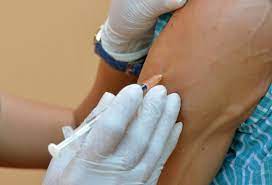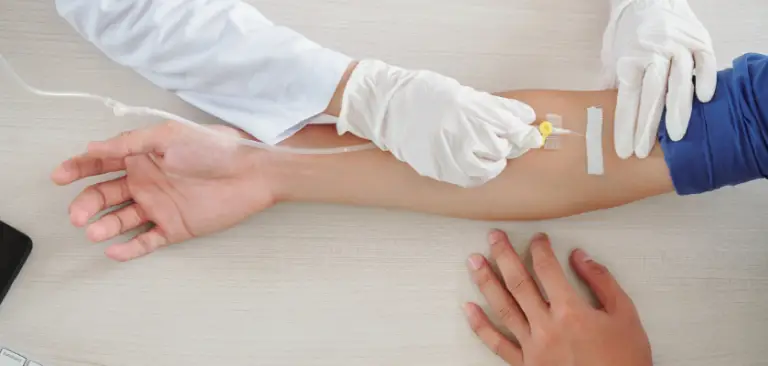Troubleshooting Pulse Oximeter Issues with Cold Fingers

How to Get Accurate Pulse Oximeter Readings When Fingers Are Cold
When you’re using a pulse oximeter to check oxygen levels in the blood, a common issue that can throw off your readings is cold fingers. This problem may seem minor, but it can lead to incorrect or inconsistent data. In this article, we’ll explore why cold fingers can affect pulse oximeter readings and provide some practical advice on how to get more accurate results.
Why Cold Fingers Affect Pulse Oximeter Readings
Cold fingers have less blood flow, and that’s a problem for pulse oximeters. These devices rely on good blood flow to accurately measure how much oxygen is in the blood. When the fingers are cold, blood vessels contract, making it difficult for the oximeter to get a good reading.
Effective Ways to Warm Up Cold Fingers
Before you take a reading, it’s important to make sure the fingers are warm to ensure more accurate results. Here are some tips:
- Rub Hands Together: The simplest way to warm up your fingers is by rubbing them together. It increases blood flow quickly and can help the pulse oximeter get a better reading.
- Warm Water Soak: Soaking the fingers in warm water for a couple of minutes is another effective method. However, make sure the water is not too hot, as extreme temperatures can affect readings.
- Use a Heating Pad: If you’re in a clinical setting, you might have access to heating pads designed for fingers. A few minutes on a heating pad can also improve blood flow.

Troubleshooting Pulse Oximeter Issues with Cold Fingers
If warming up the fingers doesn’t work or isn’t an option, you can place the pulse oximeter on other parts of the body:
- Earlobe: Many pulse oximeters come with an attachment for earlobe readings. The earlobe also has good blood flow, making it a reliable alternative.
- Toe: Another less commonly used but effective area is the toe. Make sure the toe is also warm for accurate readings.
Double-Check the Results of Your Pulse Oximeter
If you’re still encountering problems, consider the following:
- Take Multiple Readings: One reading might be off, but several readings taken back-to-back can give you a more accurate average.
- Arterial Blood Gas Test: This blood test provides a more detailed and accurate measure of oxygen levels. If possible, compare your pulse oximeter results with an arterial blood gas test.
- Consult a Healthcare Professional: Inconsistent or worrying readings should always be double-checked with a healthcare provider for proper diagnosis and treatment.
Maintain Your Pulse Oximeter
Lastly, the device itself must be in good condition for accurate results:
- Battery Check: Make sure the pulse oximeter has enough battery power. A low battery can result in incorrect readings.
- Clean the Sensor: Over time, the sensor may collect dirt or grease, affecting its performance. A clean sensor is crucial for accurate readings.
By taking these steps into account, you’ll increase your chances of getting accurate and reliable pulse oximeter readings, even when dealing with the challenge of cold fingers.
Sources
Related Articles
Nursing diagnosis for heart failure
Nursing diagnosis for Parkinson disease
Phyllis Robinson MSN, RN is a Registered Nurse of 27 years. Phyllis is passionate about the prevention and healing of heart disease using traditional and alternative methods. She has experience in emergency room, telemetry, infusion, and critical care. Phyllis currently practices in an intensive care unit.






